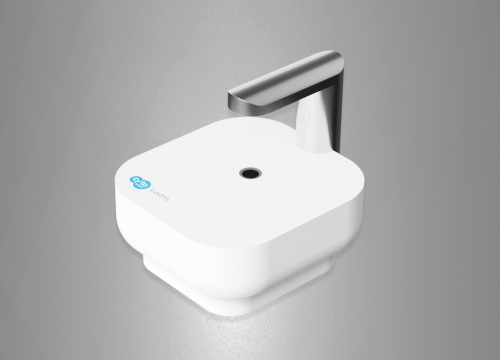Authors: Langer J, Schroeder J, Hussain L, Schwartz C, D'Sourza T.
Lonza BioResearch, 2016
Remodeling of the lung is considered as a feature of asthma. To better understand the differences between normal and diseased lung cells, we studied Clonetics™ human Bronchial Epithelial Cells from normal and asthmatic donors (NHBE and DHBE-AS, respectively), and human Bronchial Smooth Muscle Cells (BSMC and DBSMC, respectively) donors in two-dimensional (2D) culturing surfaces and a three-dimensional (3D) cell culture system. Three-dimensional cell culture systems aim to provide cells with a more natural growth environment with the help of methods such as hydrogel matrices or synthetic scaffolds. The environmental cues cells experience in a 3D cell culture environment bring them closer to their in-vivo state with respect to cellular structure, interaction with neighboring cells and overall cell functionality as compared to traditional flat two-dimensional (2D) culturing surfaces. Collagen, in particular collagen type I, is one of the most abundant extracellular matrix proteins in the body, and therefore an often-used 3D cell culture material for several cell types. Lonza offers the novel RAFT™ (Real Architecture for 3D Tissue) 3D cell culture system that allows the creation of tissue-like structures with cells growing within or on top of a compressed, high-density collagen scaffold. This novel tool allowed us to gain understanding of the differences between normal and asthmatic cells in single- and co-culture of bronchial epithelial cells with their corresponding smooth muscle counterparts. Real time imaging of 2D cultures were obtained by using the new CytoSMART™ Lux 10X System. The characteristics and functional changes of cells from normal and asthmatic human donor lung tissues were assayed in both 2D and RAFT™ 3D cell cultures. Proliferation was performed with the ViaLight™ Plus assay, which measures total ATP. Immunofluorescence imaging allowed confirmation of cell identity and morphology. Metabolite evaluation was carried out to assess culture characteristics. ELISA analysis was carried out to evaluate the secretions of chemokines, cytokines and growth factors.
